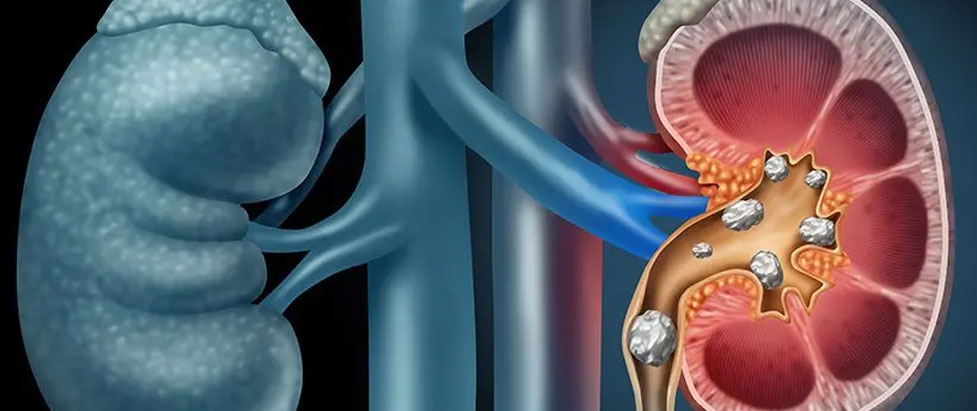

Kidney stone disease, also known as nephrolithiasis, is managed through both medical and surgical approaches, depending on the size, type, location of the stone, and the severity of symptoms. Medical management involves pain control, hydration, and medications that can help dissolve or pass the stones. Alpha-blockers like tamsulosin are often prescribed to relax the muscles in the ureter and facilitate stone passage. For certain types of stones, such as uric acid or cystine stones, medications like potassium citrate or allopurinol may be used to alter urine chemistry and prevent recurrence.
When stones are too large to pass naturally or cause complications like obstruction, infection, or severe pain, surgical intervention becomes necessary. Minimally invasive techniques such as Extracorporeal Shock Wave Lithotripsy (ESWL), Ureteroscopy with laser lithotripsy, and Percutaneous Nephrolithotomy (PCNL) are commonly used. These procedures are selected based on stone size and location, with a focus on quick recovery and minimal discomfort. After treatment, preventive strategies including dietary modifications, increased fluid intake, and regular follow-ups are essential to reduce the risk of recurrence.